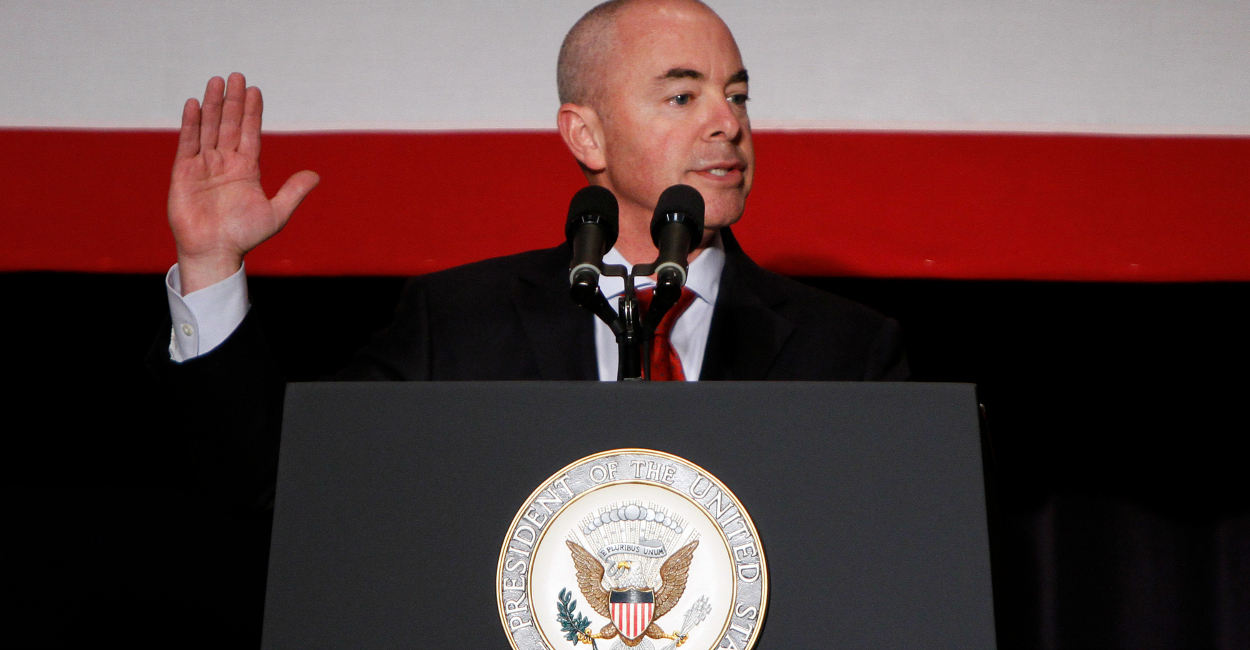The boy whose head won’t stop growing: Parents’ desperate plea for help to treat young son who has condition that means his head has swelled to twice its usual size
- Toddler's condition has also caused his eyes to drift downwards
- 1 or 2 in every 1,000 babies born with 'water on the brain'
- He is the only surviving twin after premature brother died as a baby
The family of a three-year-old boy whose brain has swelled to twice its normal size have made a desperate appeal for life-saving surgery.
Cao Pengwei was diagnosed with hydrocephalus - where fluids build up in the brain's chamber - when he was two.
Treatment to slow the swelling has not worked and he must now undergo an operation to drain the fluid from his brain.

Needs operation: Three-year-old Cao Pengwei could die from hydrocephalus unless his family in China find the money for surgery
His parents, who lost his twin brother when he was three-months-old, told the People's Daily Online cannot afford the surgery after racking up debts of 200,000 yuan (£21,700) on treatment so far.
But the youngster could die unless he has the procedure, which involves inserting a shunt or plastic tube into the brain ventricle or near to the spinal cord, to divert the flow of fluid.
WHAT IS HYDROCEPHALUS?
The condition is caused by excessive accumulation of cerebrospinal fluid in the cavities of the brain, which causes a harmful build up of pressure on brain tissues.
The most obvious symptom is an unusually large head size but there are other symptoms including a downward deviation of the eyes and seizures.
Many children display symptoms that can be mistaken for naughtiness, such as verbal aggression and swearing, hyperactivity, not paying attention and generally unusual behaviour
Children will often experience learning difficulties.
Cao, whose head measures more than 80cms because of the condition, has had to leave hospital in Jiujiang City, in Xiushui County, twice already because his family could not afford the hospital bills.
Speaking through tears, mum Ding Meiling said it was heartbreaking to watch him suffer.
'I've been worn out by the treatment but I don't want to give up,' she said.
'I don't have any solution now. I hope people with kind hearts can help my son.'
One to two of every 1,000 babies are born with hydrocephalus, making it as common as Down’s syndrome, according to the Hydrocephalus Association.
Although shunts are permanent, they are prone to infection and blockage, which means patients may require several operations during their lifetime.
Most of those with by the condition have impaired mental and physical ability, although the effects can vary widely.

Desperate: Cao Pengwei urgently needs to have a shunt fitted on his brain to drain the excess fluid caused by the condition

Brave: The three-year-old needs an operation to drain the fluid from his brain which has caused it to swell to twice its normal size
'Doctors suggested us to arrange the surgery, but we have no money,' his father said.
'We are desperately hoping someone could help our son.' Ding adds: 'We'll save him, no matter the cost.'










One would think it wouldn’t be too difficult to attract private financing or self-finance with that kind of stature in the market.
Yet, the Department of Energy conditionally approved a $259 million taxpayer-backed loan, announcing it Thursday.
That was the wrong decision to make. In addition to risking taxpayer dollars by directing investments to politicallypreferred technologies, government meddling in financial markets also harms the economy.
Rather than trying to improve upon the Energy Department loan and loan guarantee programs, policymakers should eliminate them.
The Alcoa loan is part of the Energy Department’s Advanced Technology Vehicles Manufacturing program. The department has awarded five companies with loans, including two that the agency discontinued. The program’s biggest black eye is Fisker Automotive, an electric vehicle company that received a $529 million loan in April 2010 but declared bankruptcy just three years later. The Vehicle Production Group, which made handicap accessible taxi cabs, has also gone under. The two largest loans in the program went to well-established companies: Ford and Nissan.
The adverse economic impacts are not just about putting taxpayer dollars at risk, although, as we’ve seen with defunct companies like Solyndra and Fisker, massive amounts of taxpayer dollars can be lost in these schemes.
Whether a company that receives a Department of Energy loan is profitable or not, the program is misguided because it skews the rules of free enterprise. Federal loans and loan guarantees promote cronyism that rewards political connectedness over market viability.
The number of investment opportunities is broad and expansive, but the capital to finance them is not. This requires that choices be made among the different investments. Through a number of mechanisms, including grants, loans, loan guarantees, mandates and targeted tax credits, the federal government clouds these decisions. Government spending and financing programs essentially pull capital out of those limited reserves and dictate who should receive it.
For instance, private investors sank $1.1 billion into Fisker, but much of the private financing came after the Department of Energy approved and closed the loan for Fisker. Fisker, formed in August 2007, raised $94 million before the Energy Department approved the loan in September 2009. Fisker raised another $57 million between the time the department approved and closed the loan in April 2010. After the Energy Department closed the loan, Fisker raised over $1 billion in various rounds of venture capital funding. The same holds true for Solyndra. Private investors sank $1.1 billion into Solyndra. Much of the private financing came after the Department of Energy announced Solyndra was one of 16 companies eligible for a loan guarantee in 2007.
Perhaps if the Energy Department had never given Solyndra or Fisker loans, private investors wouldn’t have backed these failed companies or diverted investments elsewhere. That is a large part of the problem with these programs. Private investors use government-backed loans and loan guarantees as a way to substantially reduce their risk. Even if there’s a chance the project may be an economic loser, the private investor has less skin in the game. It would be like if your friends had a NCAA college bracket pool with a $100 buy-in. Maybe that’s too steep for you to enter but the government comes in and says it’ll pitch in $60. If you win, you can pay the government back but if you lose, you lose less and the taxpayers bear a portion of the loss. The distortion of risk calculation made by private investors is a huge problem with government intervention into capital markets.
Futher, because capital is in limited supply, a dollar loaned to government-backed projects will not be available for some other (possibly more viable) project. This means that the companies that drive innovation and bring new services and technologies into the marketplace may not get support, while companies with strong political connections or those that produce something politicians find appealing will get support.
Market-viable technologies should not need financial support from the taxpayer. Companies should seek private financing if they believe the technology is worth the risk.
When government awards taxpayer-backed loans to well-established companies, the federal government is providing nothing more than corporate welfare. Congress needs to get the government out of playing investment banker altogether.